Hwaseong Fossilized Dinosaur Egg Site (화성 공룡알 화석지)
14.3 Km 12529 2021-12-23
659, Gongnyong-ro, Hwaseong-si, Gyeonggi-do
+82-31-5189-3508
The Hwaseong Fossilized Dinosaur Egg Site was discovered on an island in the tidal plain south of Sihwaho Lake. The island was revealed when seawaters were blocked during a land reclamation project. As the sedimentary layer formed during the Cretaceous period of the Mesozoic Era (dated around 83 million to 85 million years ago) was eroded by weathering, roughly 200 dinosaur eggs in thirty nests were discovered at twelve dig sites. It is anticipated that more fossils will be discovered once a thorough investigation is carried out and more land is reclaimed.
The discovery of the Fossilized Dinosaur Egg Site in Hwaseong has greatly expanded the scope of Korean paleontology; previous paleontological discoveries were exclusively limited to fossilized dinosaur footprints. This significant discovery has attracted many internationally renowned scholars who have visited the site in Hwaseong.
Floredo Coffee (플로레도커피)
15.8 Km 0 2024-02-16
301 Yeongheung-ro, Yeongheung-myeon, Ongjin-gun, Incheon
Floredo Coffee, located in Yeongheungdo Island, Incheon, boasts a breathtaking ocean view. The café's signature offering is the Einspänner. What makes the view from Floredo Coffee truly unique is how it transforms with the tide. During high tide, visitors are treated to a stunning expanse of the ocean, while at low tide, the view shifts to reveal the intriguing tidal flats.
Waemok Beach (왜목해수욕장)
17.1 Km 9174 2024-02-22
26 Waemok-gil, Seongmun-myeon, Dangjin-si, Chungcheongnam-do
Waemok Beach protrudes eastward along the coast, offering views of sunrise, sunset, and moonrise. With sandy shores and rocky outcrops, visitors can enjoy swimming in the sea, rock fishing, and exploring tidal flats. A 1.2km waterfront deck allows for leisurely walks along the beach. Additionally, there is a Sailing Around the World Exhibition Hall and operating summer yacht experience programs.
Waemok Village Sunrise Festival (왜목마을 해넘이 해돋이 축제)
17.2 Km 13096 2020-02-13
Waemok-gil, Dangjin-si, Chungcheongnam-do
• 1330 Travel Hotline: +82-2-1330 (Korean, English, Japanese, Chinese) • For more info: +82-10-2520-7894
The Waemok Village Sunrise Festival takes place in Waemok Village in Dangjin-si, Chungcheongnam-do. Around 100,000 people visit the festival every year to see the simple and poetic sunrise. The village is one of the top three suprise viewing spots in Korea. Starting in the afternoon of December 31, various sunrise events will begin, including tourist singing contests, celebrity guest performances, a New Year’s countdown, and burning daljip (brushwood bonfire) to make a wish. When the new year begins, visitors can take in the sunrise and warm up with some tteokguk (sliced rice cake soup) at the end of the festival.
Waemok Village (왜목마을)
17.2 Km 47681 2024-06-05
15-5 Waemok-gil, Dangjin-si, Chungcheongnam-do
Waemok Village, surrounded by the West Sea, is located on the northernmost point of Dangjin in Chungcheongnam-do. Because of its long and narrow geographical characteristics and the topographic division of the sea into the west and east regions, one can enjoy the beautiful sunrise, sunset and moonrise here. The village is a popular attraction for photographers, especially for photos of the natural landscape.
Yeongheungdo Simnipo Beach (영흥도 십리포해변)
17.5 Km 60905 2024-02-16
420-26 Yeongheungbuk-ro, Yeongheung-myeon, Ongjin-gun, Incheon
Simnipo Beach, located on Yeongheungdo Island in Incheon, offers stunning views both day and night. To the west of the beach, a rock formation extends outward, while behind it lies a colony of more than 300 hornbeam trees, the largest in Korea. The beach buzzes with activity during daylight hours, but as night falls, the illuminated backdrop of Incheon International Airport and the lights shimmering over the West Sea merge to craft a captivating spectacle.
Hornbeam Habitat (서어나무(소사나무)군락지)
17.5 Km 26069 2024-02-16
Nae-ri, Yeongheung-myeon, Ongjin-gun, Incheon
Hornbeam Habitat stands as the largest colony of hornbeam trees in Korea, home to over 350 trees that have surpassed the 150-year mark. These trees were initially planted by the residents of Naeri village to shield their rice fields from the harsh impacts of rain and wind. Subjected to the relentless sea breeze, the branches of these hornbeam trees have been sculpted by nature to twist and turn, veering away from the typical straight growth pattern. This interaction between the natural elements and the trees' adaptive growth has resulted in a landscape of unique beauty.
Project C (프로젝트씨)
19.3 Km 0 2024-02-21
201 Oido-ro, Siheung-si, Gyeonggi-do
Situated on the picturesque coastline of Oido Island, Project C café welcomes visitors with a spacious, inviting atmosphere accentuated by lofty ceilings and expansive windows. The café's wooden interior design creates a cozy and warm ambiance. Their signature menu features the almond cream spänner, a delightful almond cream latte. Another beloved dessert is the Dutch Baby Plain, a German-style pancake topped with fresh cream, ice cream, and caramelized banana.
Oido Island (오이도)
19.6 Km 98629 2024-02-29
Jeongwang-dong, Siheung-si, Gyeonggi-do
Located off the western coast of the city of Siheung, Oido Island was originally an island and then connected to the mainland during the Japanese occupation as its tidal flats were used as a salt plant. During the day, the blue sea and the red lighthouse, the symbol of Oido, create a picturesque scene. In the evening, visitors can enjoy the spectacular sight of red sunsets over the sea. It also includes the largest prehistoric site on the west coast. The expansive tidal flats are home to a wide variety of creatures, attracting seasonal migratory birds.
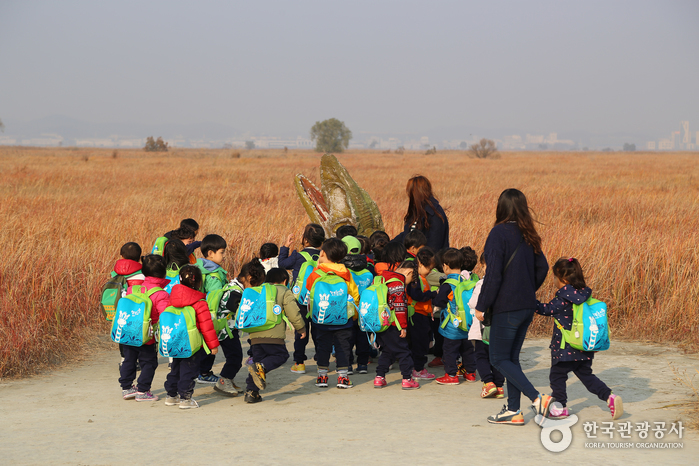
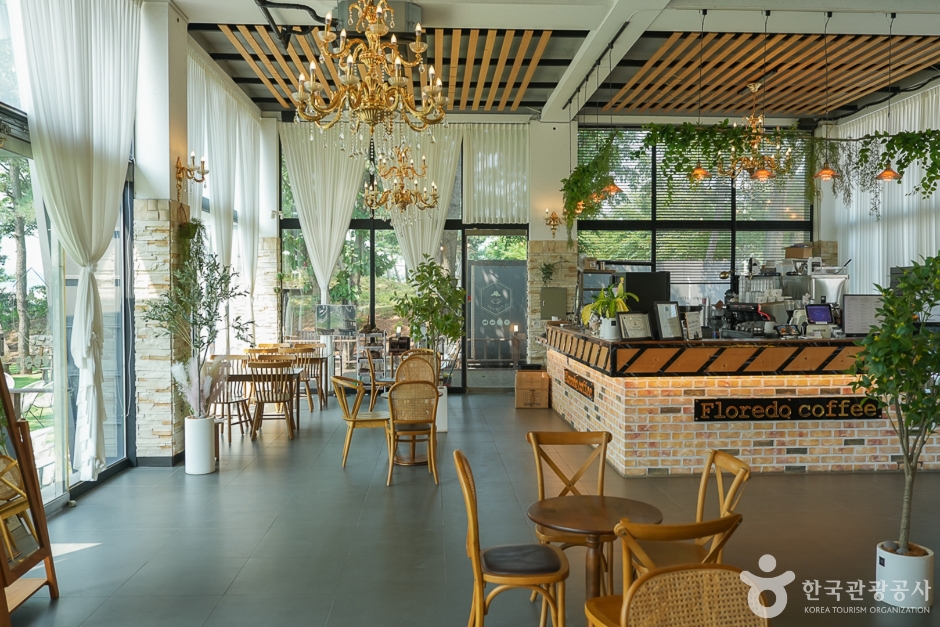

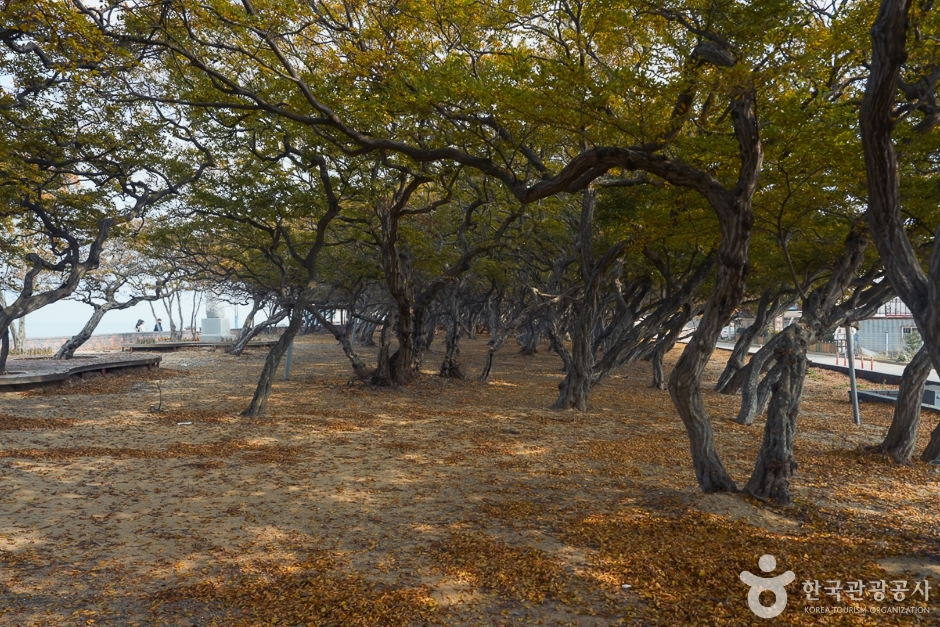
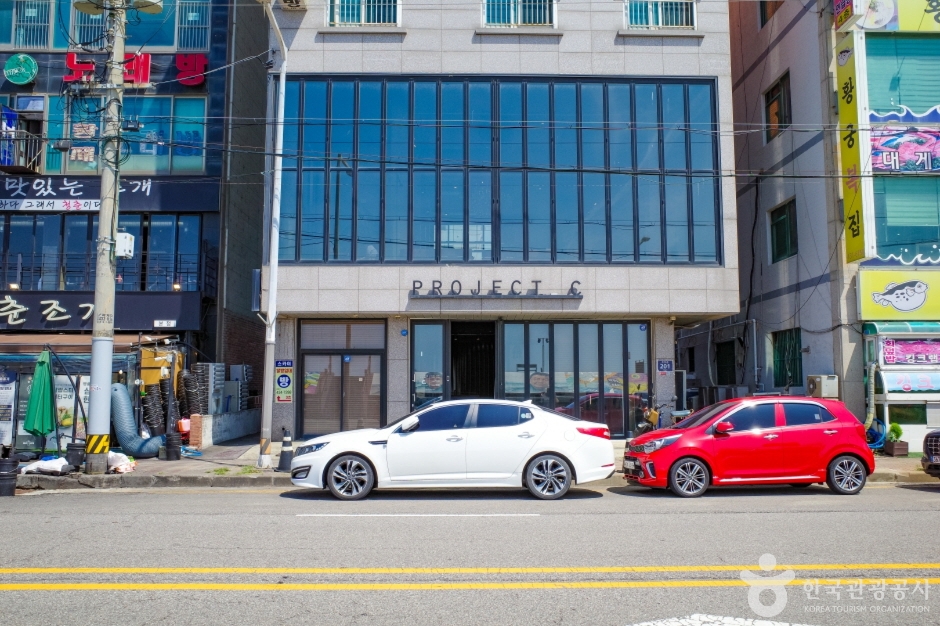
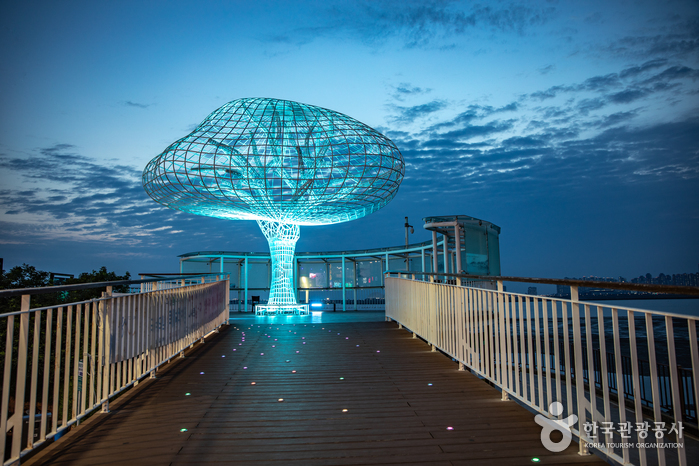
 English
English
 한국어
한국어 日本語
日本語 中文(简体)
中文(简体) Deutsch
Deutsch Français
Français Español
Español Русский
Русский